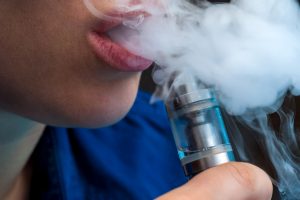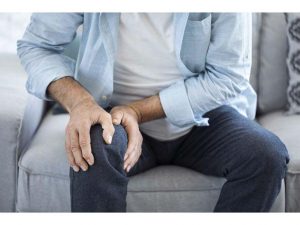
Older drivers using alcohol or drugs are much more likely to be at fault in a car crash. Researchers studying the issue say that calls for sober-driving campaigns aimed at seniors. “Our research shows just how much aging increases the risk of being at fault for injury or fatality in a drug- or alcohol-related traffic accident,” said lead author Dr. Satish Kedia. He’s a professor in the division of social and behavioral sciences at the University of Memphis School of Public Health in Tennessee. His team’s analysis of nine years of U.S. National Highway Traffic Safety Administration data revealed that substance use in older drivers increased the likelihood of being at fault in a crash by two to four times. The researchers looked at alcohol, marijuana, stimulants, narcotics, depressants and hallucinogens. Overall, older drivers are less likely to report using such substances, according to the study. But in a sample of more than 87,000 drivers involved in crashes between two moving vehicles, more than one-third were drivers over 70 who tested positive for substances, the investigators found. “In general, older drivers are at an elevated risk for being at fault in a fatal car crash, this is especially the case when they are under the influence of alcohol or drugs,” Kedia said. In the more than 43,000 pairs involved in two moving-vehicle crashes, substance use… read on > read on >






































